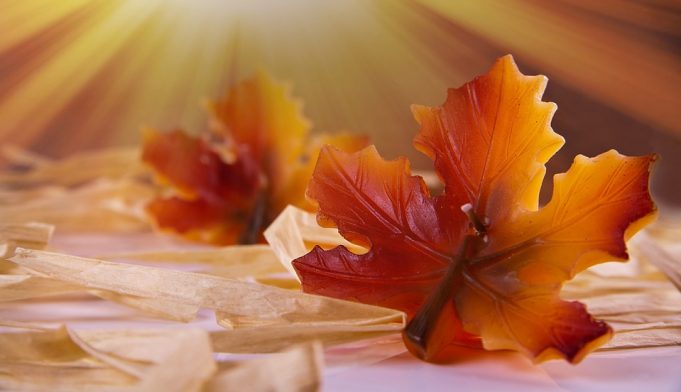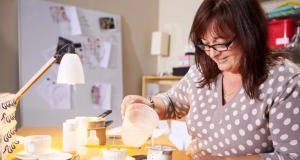There are different types of candles you can make. All you need is to follow the simple steps in basic candle making and add a little creativity. The different types of candles are discussed below.
First is the most common type called gel candles. It consists of gelled mineral oils. It appearance is transparent and it feels soft, similar to Jello. This type is placed inside a container.
There are also container candles poured inside a heat-resistant container such as tins or glass and then it is burned inside the container when utilized.
Pillar candle is poured onto a mold ad then extracted, typically having a diameter of about 2 up to 3 inches. Thus, they have 1 or more wicks but they are free standing.
Votive candles are small and cylindrical, about 2 1/2 inches in height and 1 to 2 inches in diameter. This is placed inside a votive candle holder in order to retain the wax. This is because they liquefy when they are lit.
Taper candles are one of the more common varieties. They appear thin, wider along the base and they tend to narrow upon reaching the top. They are about 6 up to 18 inches in length and they are placed inside a candle holder. They are also called dinner candles.
Tealight Candles are small cylindrical types filled within a plastic or metal cup. It is about 1 up to 1 1/2 inches high and 1 up to 2 inches in diameter.
Floating candles are poured onto a mold with various shapes and it is used in a bowl filled with water. They tend to float, adding a special touch once they are lit. This is since wax is noted as buoyant.
Wickless candles are generally poured onto a heat-resistant container, having no wick at all. This is used by placing it on top of a warmer in order to have the scent released without using flames.
Tips in Candle Making
When it comes to the wick, the length and size to be used depends on the size of the candle you plan to make. If you will have a large wick, your candle tends to melt faster. If you will have a very small wick, it will not produce a good light. This means that the size of the wick should be proportional to your candles size.
When choosing as well as positioning your wick, you need to initially utilize an appropriate size. This should be according to the planned diameter of the candle you will be making. The recommended sizes are 6 to 8 ply or 1/2 inches, 12 to 14 ply or 1 inch, 16 to 18 ply or 2 inches, and 20 to 24 ply or 3 inches.
Make sure you utilize wicks that have larger diameters which do not easily melt. Good examples are paraffin and beeswax.
In order to keep a straight wick in your candles central portion, it is advisable to tie its end onto a stick placed over your container or mold.
The different types of wicks include the Square Braided Wicks best for molded, dipped and container candles; Metal Core Wicks best for container candles; and Flat Braided Wicks best for tapered candles.
When it comes to the color or wax dye of the candles, it is not advisable to utilize the colors used for cosmetics or soap. This is because it clogs the wick. Since adding color or dye to your candles can give it a more personal touch, it is best to make use of concentrated liquid or sold colors. If you will be coloring candles by batches, it is best to use concentrated liquid. A single drop can actually color about 1 lb. of wax.
In coloring melted wax, make sure the candle wax was opaque when it was still solid or maybe even before it was melted. It will then become blear when it has melted and is ready to be dyed or colored. This becomes apparent when the melted wax hardens as it cools. It will turn opaque with its color fading.
Safety Tips on Candle Making
On no occasion should you leave the process of melting wax without assigning someone else to watch over it. This is because was extremely flammable and can cause fires.
If fire should arise, never use water to put it off. It is best to place a fire extinguisher nearby.
Never heat wax to temperatures more than 100 degrees C.
Make sure you are using a reliable thermometer for monitoring the waxs temperature.
Never place the wax directly on the fire while melting it. It is best to utilize a wax melter or double broiler for this process.
When handling the container or kettle with melted wax, always utilize a pot holder so as to avoid untoward accidents.
About the Author
For more information on Troubleshooting Candle Making and Safety While Candle Making please visit our website.




















